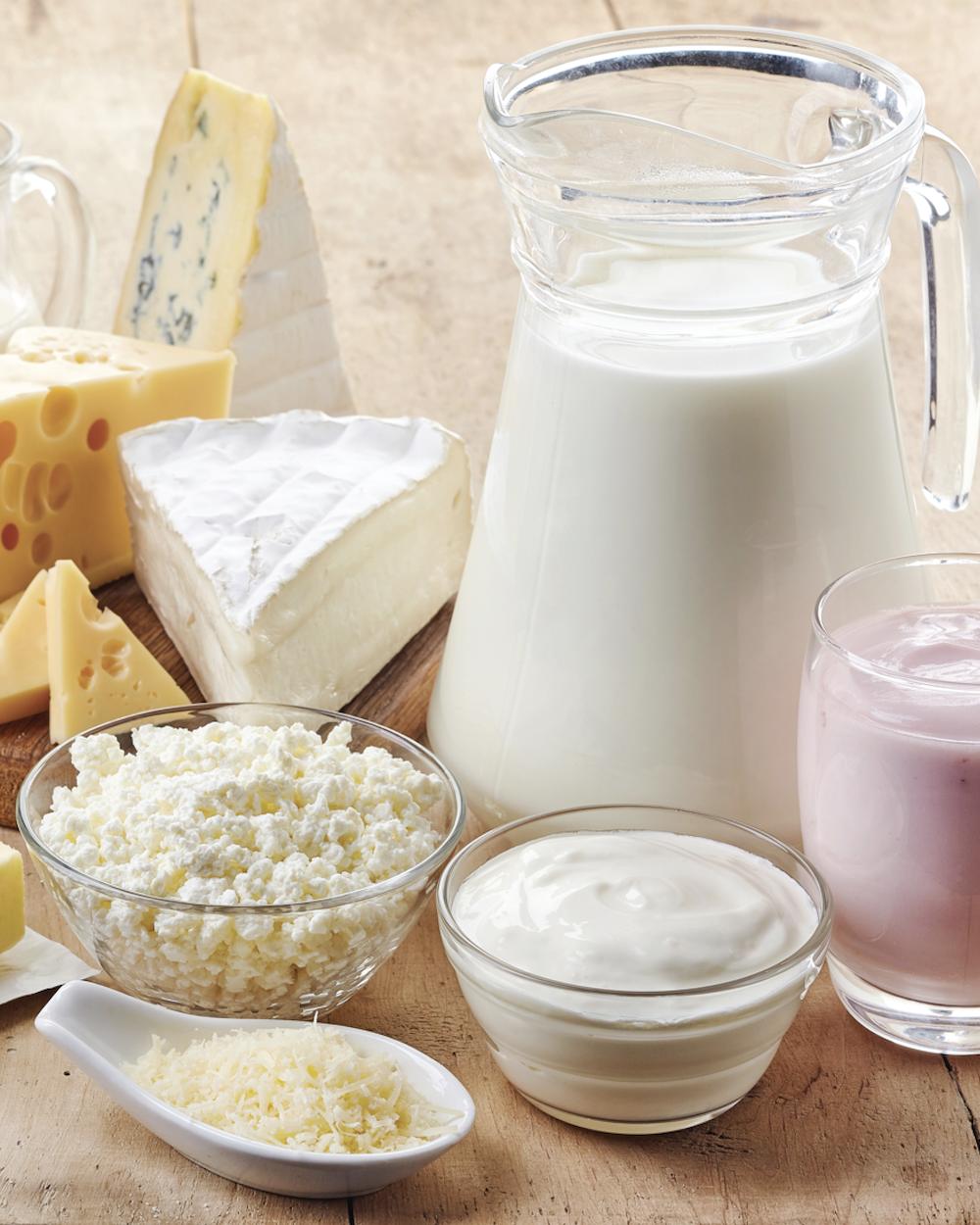Wellness
Wellness
May We Recommend

My Shopping List
+ Add to Shopping List
WELLNESS TOOLS
EATING BY COLOR
Blues
Orange
Green
White
Red
WHAT'S IN SEASON?
GLOSSARY
Lactose Intolerance and Milk Allergy

What's the Difference?
Difference Between Milk Allergy and Lactose Intolerance
Milk allergies and lactose intolerance are often thought of as the same thing. In fact, they couldn’t be more different. A food allergy is known as an abnormal or heightened response of the immune system to certain components in a food. In the case of milk, casein and whey proteins are the offenders. Casein is the curd that forms when milk turns sour. Whey is the watery substance left behind after the curd is removed. A food intolerance has nothing to do with the immune system, it’s a condition that affects the digestive tract. A person develops intolerance symptoms over time after consuming the food. Lactose intolerance is not a disease, it’s very normal. It’s estimated that nearly 70% of the world has some degree of lactose intolerance.
Milk Allergy Symptoms
Milk allergies are very uncommon. They most often occur during infancy into young childhood, and is usually outgrown. Interestingly, milk allergies can occur in adulthood with no symptoms during childhood. Though this is highly uncommon. Milk allergy symptoms are much like other allergy symptoms: itchy skin and rashes, swelling of lips, tongue, mouth, face and throat, abdominal discomfort, bloating, gas, nausea, runny nose, congestion, watery eyes, coughing, wheezing, shortness of breath. Most of these symptoms are minor and don’t last long. In some more severe cases, allergy sufferers may experience anaphylaxis. An epinephrine injection pen is recommended for parents of children with a milk allergy and adults who develop the allergy. Overall avoidance of the offending food is the best treatment.
What Causes Lactose Intolerance and What are the Symptoms?
Lactose (milk sugar) is the primary carbohydrate of milk. During digestion, lactose is broken down into glucose and galactose. An enzyme called lactase helps in the absorption process. As people grow older, the body produces less lactase, meaning it becomes harder to absorb lactose. Lactase deficiency allows lactose to travel to the colon, leading to gastrointestinal symptoms like abdominal pain and cramps, intestinal bloating, gas, nausea and diarrhea. Symptoms can occur as soon as 30 minutes up to two hours after ingesting. Sadly, there is no treatment or cure for lactose intolerance. The best plan is to avoid dairy products altogether, much like a milk allergy.
For More Information:
Dairy Free Info [Go Dairy Free]
Spotlight on Dairy Free [BBC]
Similar Articles:
Fantastic Baking Ideas for the Holidays

Simple Recipes for Fantastic Meals

